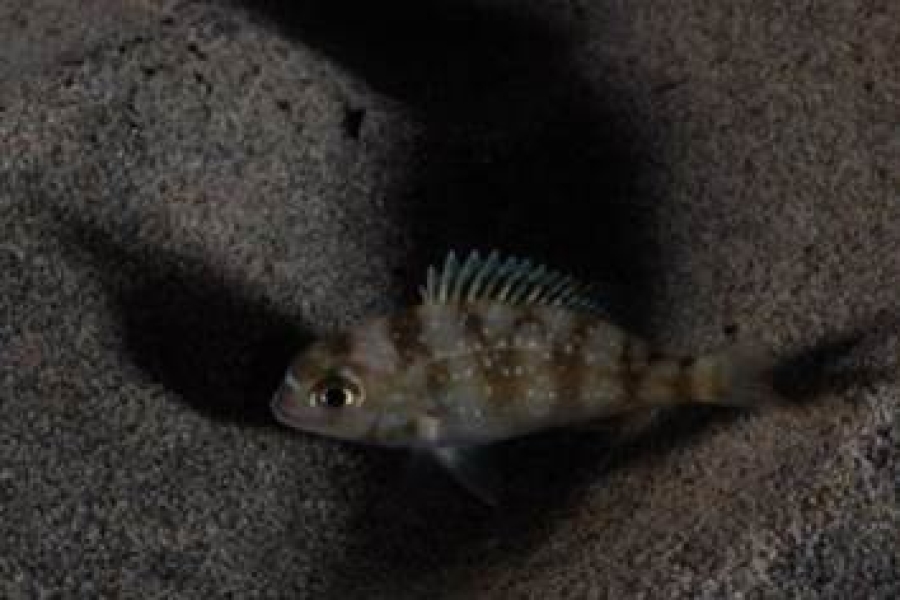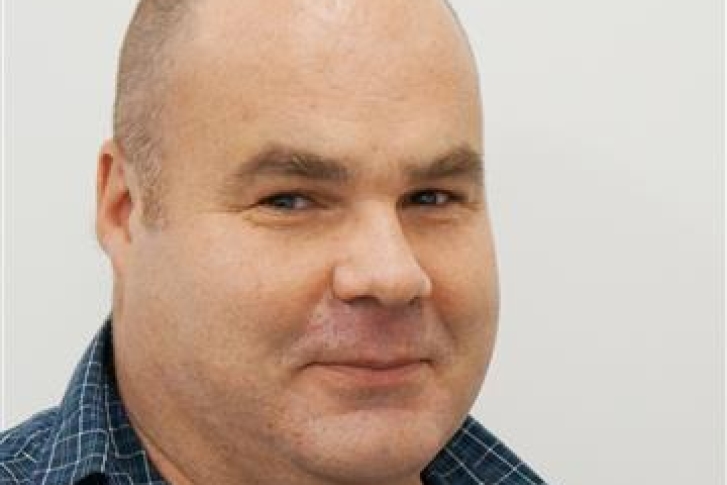NIWA researchers are out on the Hauraki Gulf this week to find out more about the nurseries of young snapper.
They are mapping the seafloor habitats where the young fish live with the aim of learning more about what they need to stay healthy and make it to adulthood in one of New Zealand’s most popular recreational areas.
Snapper is a keystone species in the Hauraki Gulf, which means that their numbers and size play an important role in how the coastal marine environment works.
NIWA fisheries scientist Dr Mark Morrison is investigating whether the ability of marine ecosystems to support juvenile fish nurseries has been greatly reduced by human impact, creating habitat “bottlenecks” that prevent enough young fish becoming adults.
Dr Morrison is leading a five-year MBIE Endeavour Fund research programme that he hopes will ultimately result in new options to assist in the future management of this species in the Hauraki Gulf and East Northland; as well as juvenile blue cod in the Marlborough Sounds.
The first part of the programme identified the locations of juvenile snapper (less than 9 cm long and up to a year old) in previously unknown Hauraki Gulf nurseries, and then examined both the Gulf and East Northland nurseries in finer detail to see what makes a good nursery. Now, Foundation North’s GIFT (Gulf Innovation Fund Together) Fund, NIWA, Auckland Council, and Waikato Regional Council are funding habitat-mapping of key nurseries using multibeam echo sounder technology on board NIWA research vessel Ikatere.
Multibeam echo sounders work by sending out a fan of acoustic beams or sound waves directed downwards from the bottom of a boat. These beams reflect off the seafloor, enabling seafloor habitat to be mapped in extraordinary detail. These maps show both habitat types (e.g. reefs, muds, sands, gravels, horse mussel beds), and the wider seafloor landscapes in which they occur.
Dr Morrison said large subtidal seagrass meadows historically disappeared from the Gulf by the 1930s but are still in abundance in several large East Northland estuaries. Work on those seagrass meadows as fish nurseries has shown that juvenile snapper can be more than 100 times more abundant, relative to other non-seagrass nursery areas.
Growth rings on juvenile snapper ear-bones reveals interesting results
Additionally, counting of daily growth rings on juvenile snapper ear-bones by BSc (Hons) student Christine Stewart, co-supervised by Dr Richard Taylor, University of Auckland, has now revealed that juvenile snapper grow significantly faster and are heavier in subtidal seagrass. These results include juvenile snapper from the subtidal seagrass meadows of Whangarei Harbour, which were lost in the 1960s, but which finally started to recover 50 years later, and are now extensive, but not yet back up to historical levels.
“There has been a huge change in the coastal habitats and environment of the Gulf. We would like to see it go back to what it once was as much as is possible, while acknowledging that a large human population now lives right on the Gulf. Observations such as the recovery of the subtidal seagrass meadows of Whangarei Harbour give us hope that pragmatic restoration is possible.”
Once the multibeam mapping is complete, new habitat maps will be developed and made available for public use.
Speaking about the GIFT support, Jennifer Gill, CEO of Foundation North said, “We know that depleted fish stocks are a key environmental issue facing the Hauraki Gulf. This study will weave the findings from innovative technology and local knowledge to create maps of coastal habitats that are easy to understand. Having this scientific knowledge made accessible to communities will enable them to participate in discussions to ensure the survival of snapper in the Hauraki Gulf.”
Next year, the Bottlenecks team will undertake a tagging programme across parts of these new seafloor habitat maps, fitting juvenile snapper with tags that will enable the researchers to track how many fish are surviving, how fast they are growing and how far they move.
Dr Morrison says the tagging work will help define which habitats are most valuable for juvenile snapper, and where new management approaches may be needed to improve other ones.
Computer simulation model helps decision makers
A computer simulation model will also be developed that brings all the scientific research evidence together to enable decision makers to try out different management scenarios in a virtual “what if” situation. The aim is to work out how environmental degradation reduces the value of juvenile fish habitats and what can be done to reverse that decline.


